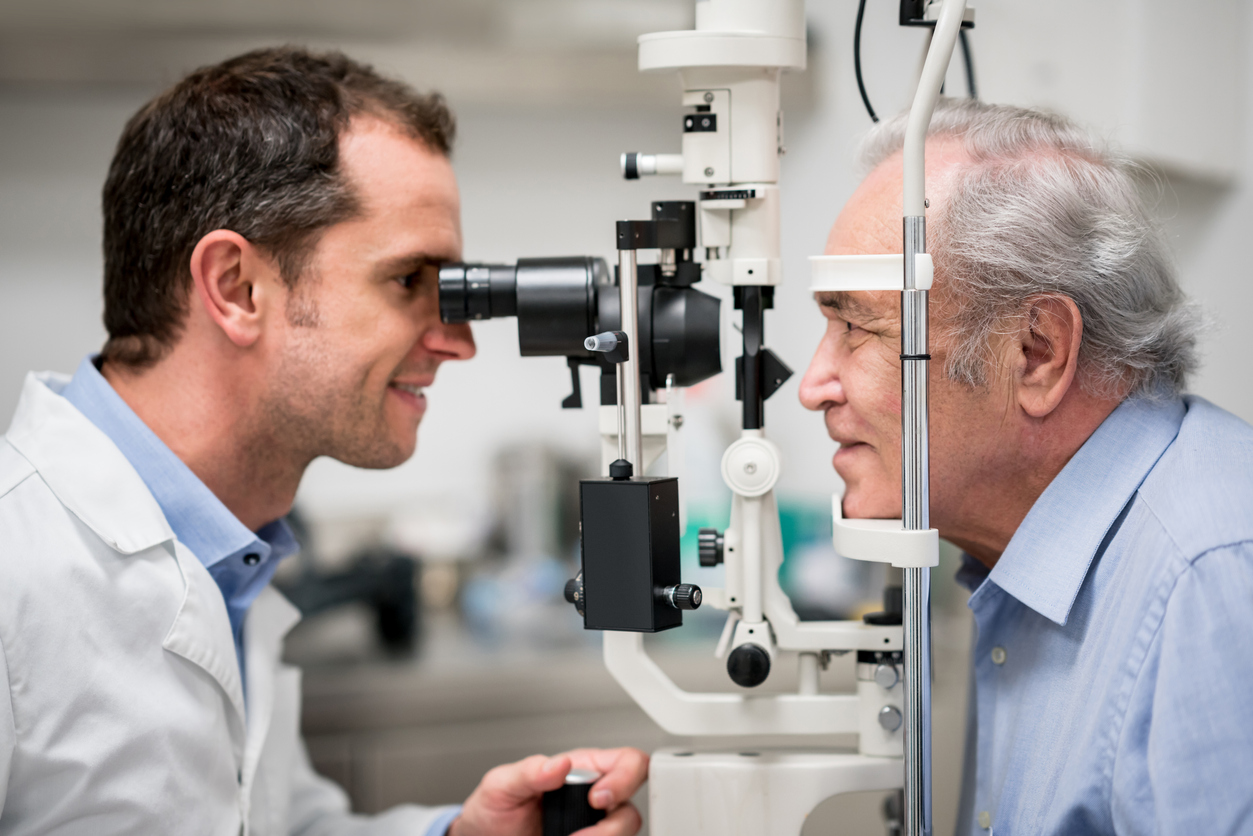Lazy Eye (Amblyopia): Symptoms, Causes, Treatment
What are the symptoms of a lazy eye?
A lazy eye, also known as amblyopia, is a condition where there is a loss or lack of development of vision in one eye that is not due to any structural abnormality of the eye itself. It typically develops in childhood and can lead to reduced vision in the affected eye if not treated early.
Symptoms of a lazy eye can vary depending on the severity of the condition, but may include:
- Poor depth perception: Difficulty judging distances or seeing in 3D.
- Squinting or closing one eye: Children may squint or close one eye to see better.
- Poor vision in one eye: The vision in one eye may be significantly worse than the other.
- Eyes not working together: Eyes may not move together or appear to be misaligned.
- Head tilting: Tilting the head to one side to see better.
- Difficulty with fine detail: Difficulty with activities that require sharp vision, such as reading or drawing.
It’s important to note that amblyopia is often asymptomatic in its early stages, which is why regular eye exams in childhood are important to detect and treat the condition early. If left untreated, amblyopia can lead to permanent vision loss in the affected eye. Consult your ophthalmologist immediately.
What are the causes of a lazy eye?
A lazy eye, or amblyopia, is usually caused by one of the following factors or a combination of them:
- Strabismus: This is a condition in which the eyes are misaligned, meaning they do not point in the same direction. One eye may turn inward, outward, upward, or downward while the other eye focuses straight ahead. The misaligned eye may become amblyopic because the brain learns to ignore its visual input to avoid double vision.
- Refractive errors: Amblyopia can also occur when there is a significant difference in the refractive error (such as nearsightedness, farsightedness, or astigmatism) between the two eyes. The eye with the more significant refractive error may become amblyopic because the brain relies more on the clearer image from the other eye.
- Deprivation: If there is something that obstructs or blurs the vision in one eye during the critical period of visual development (usually up to about age 7), such as a cataract, a droopy eyelid (ptosis), or a significant amount of swelling, amblyopia can occur in that eye.
- Genetics: Amblyopia tends to run in families, suggesting that there may be a genetic component to the condition.
Treatment for amblyopia usually involves correcting any underlying refractive errors with glasses or contact lenses and then encouraging the use of the amblyopic eye. This may involve patching the stronger eye to encourage the weaker eye to work harder or using atropine eye drops in the stronger eye to blur its vision temporarily. In some cases, treatment may also include vision therapy to improve visual acuity and eye coordination.
What is the treatment for a lazy eye?
The treatment for a lazy eye, or amblyopia, aims to strengthen the weaker eye and improve its visual acuity. Treatment is most effective when started early, ideally before the age of 7, while the visual system is still developing. The main treatments for amblyopia include:
- Corrective lenses: If the lazy eye is caused by a refractive error (such as nearsightedness, farsightedness, or astigmatism), wearing glasses or contact lenses can help improve vision in the affected eye.
- Patching: Patching the stronger eye to encourage the weaker eye to work harder is a common treatment for amblyopia. The patch is usually worn for several hours a day, and the length of treatment depends on the severity of the amblyopia and the age of the child. Patching may be combined with other treatments, such as vision therapy.
- Atropine eye drops: In some cases, atropine eye drops are used to blur the vision in the stronger eye, forcing the brain to rely more on the weaker eye. This can be an alternative to patching, especially in children who have difficulty tolerating wearing a patch.
- Vision therapy: Vision therapy involves a series of eye exercises and activities designed to improve visual acuity and eye coordination. It may be used in conjunction with patching or other treatments.
- Surgery: In some cases, surgery may be recommended to correct strabismus (misalignment of the eyes) or to remove a cataract or other obstruction that is causing the lazy eye.
The effectiveness of treatment for amblyopia depends on several factors, including the age of the child, the severity of the amblyopia, and how early treatment is started. It’s important for children with amblyopia to have regular eye exams to monitor their progress and ensure that treatment is working effectively.




